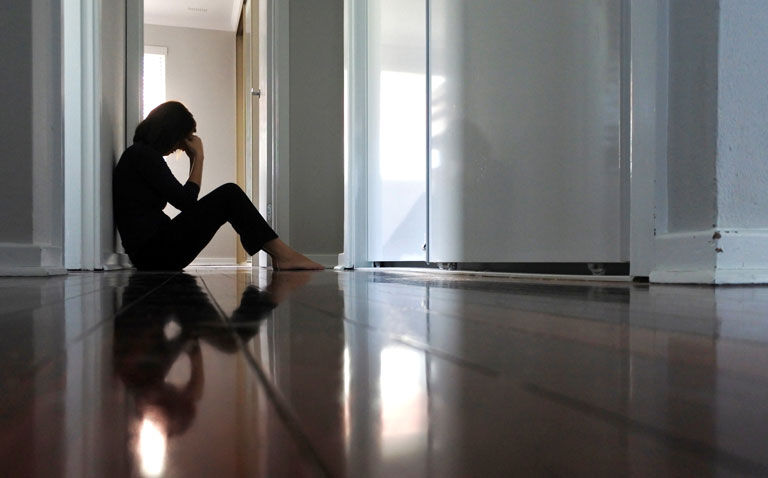Both neurological and psychotic disorders have been found to persist in some patients 2 years after first becoming infected with COVID-19
The risk of some neurological and psychotic disorders remain elevated two years after infection with COVID-19 compared to other respiratory viruses according to the findings of a retrospective analysis by researchers from Oxford and Cambridge universities, UK.
Whilst it has become widely recognised that infection with COVID-19 leads to substantial neurological and psychiatric morbidity in the 6 months after infection, it remains uncertain whether these risks decrease over time.
Clearly, it is important to fulfil this evidence gap to provide reassurance to patients experiencing such adverse effects and to inform on future health policy service provision. It is also necessary to understand if there are differences in the risk profile among adults and children and finally if these risk profiles differ between COVID-19 variants.
With an absence of longer term data, for the present study, the UK researchers assessed the 2-year trajectory of neurological and psychiatric diagnoses in children, adults (18 to 64 years) and older adults (> 65 years of age).
The team retrospectively examined two electronic health record networks, the TriNetX analytics network which includes anonymised data for roughly 89 million patients from several countries and the TriNetX’s US Collaborative network which is restricted to US residents.
In order to determine if the continued risk of neurological and psychiatric diagnoses were unique to COVID-19, the team propensity matched COVID-19 patients with patients who did not have COVID-19 but who had another respiratory infection.
The outcomes of interest included 14 neurological and psychiatric diagnoses including anxiety, mood disorder, psychotic disorders (e.g., schizophrenia), insomnia, cognitive deficit (so-called ‘brain fog’) and epilepsy.
The team examined three key statistics: the hazard ratio (HR) at 6-months, the risk horizon, which was the time when the HR reached 1, i.e., the outcome became the same for COVID-19 and other respiratory infections and finally, the time to equal incidence, which defined the time where the cumulative incidence of the particular condition became equal for both COVID-19 and those of other respiratory infections.
Neurological and psychotic disorders post-COVID-19
The researchers propensity-matched 1,284437 individuals who had COVID-19 with a mean age of 42.5 years (42.2% male) to people who were infected with other respiratory viruses.
Among adults, the 6-month HR varied between the different conditions examined. For example, the HR for anxiety disorder was 13% higher for COVID-19 patients (HR = 1.13, 95% CI 1.11 – 1.15) within the first 2 years after infection and the risk horizon was 58 days and the time to equal incidence was 417 days.
In other words, whilst there was an higher risk of developing anxiety disorder after infection with COVID-19, the cumulative incidence was no different to those of other respiratory viruses after 417 days. In contrast, the risks of a cognitive deficit (i.e. ‘brain fog’), dementia, psychotic disorders and epilepsy or seizures whilst higher at 6 months compared to other respiratory infections, did not reach an equal cumulative incidence the end of the 2-year period.
Among children, there was an elevated risk some conditions e.g., cognitive deficit (HR = 1.20, 95% CI 1.09 – 1.33), epilepsy (HR = 1.79) and insomnia (HR = 1.29) although these risks reduced over time, e.g. the time to equal incidence for cognitive deficit was 491 days. However, some conditions such as intracranial haemorrhage did not reach a time of equal incidence over 2 years.
The risks for the chosen conditions were similar between the different COVID-19 variants although these risks were offset by a lower risk of death.
The authors concluded that for some neurological and psychiatric conditions the higher risk after infection with COVID-19, remained elevated after 2 years and do not reach equal incidence, i.e. there is effectively a COVID-19 ‘excess’.
It is therefore possible that new cases of either neurological or psychotic conditions are likely to continue for a considerable length of time. Furthermore, given that the risks were broadly similar for the different variants, the neurological and psychiatric burden is likely to remain despite the variants causing less severe disease.
Citation
Taquet M et al. Neurological and psychiatric risk trajectories after SARS-CoV-2 infection: an analysis of 2-year retrospective cohort studies including 1 284 437 patients Lancet Psychiat 2022










